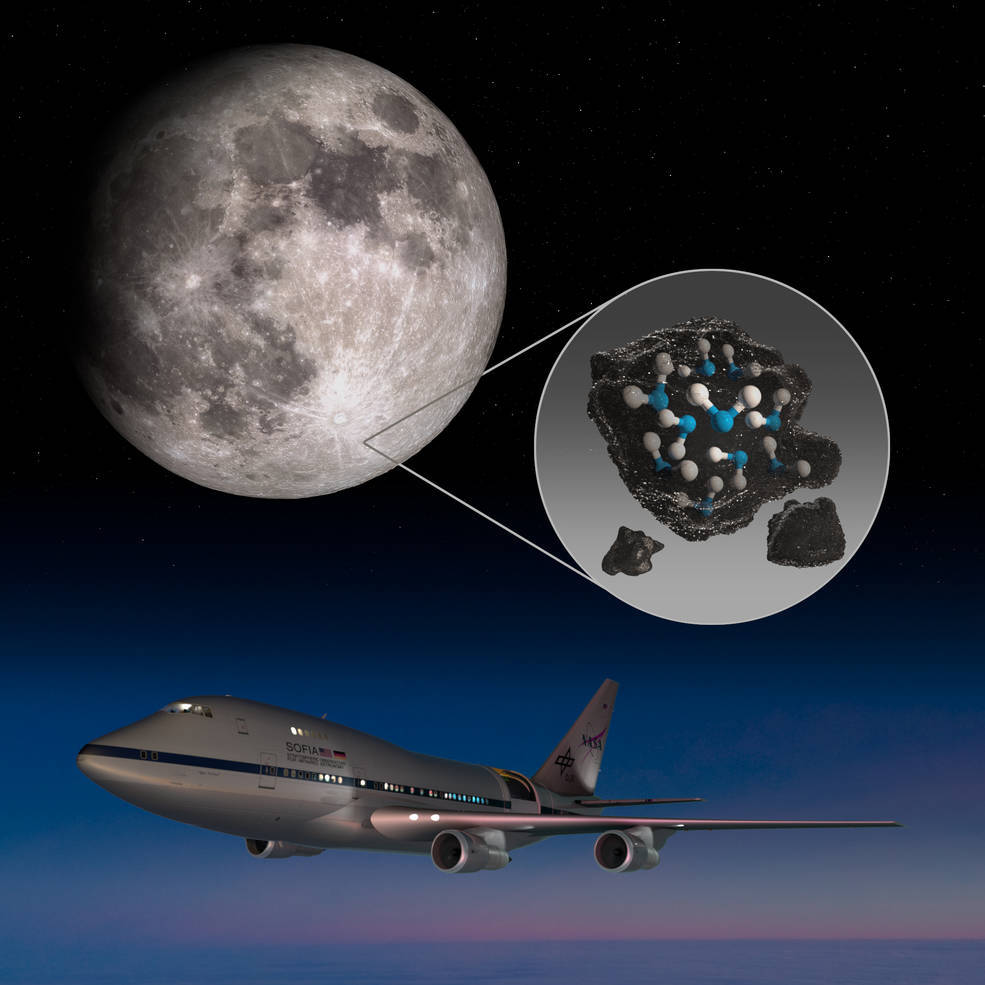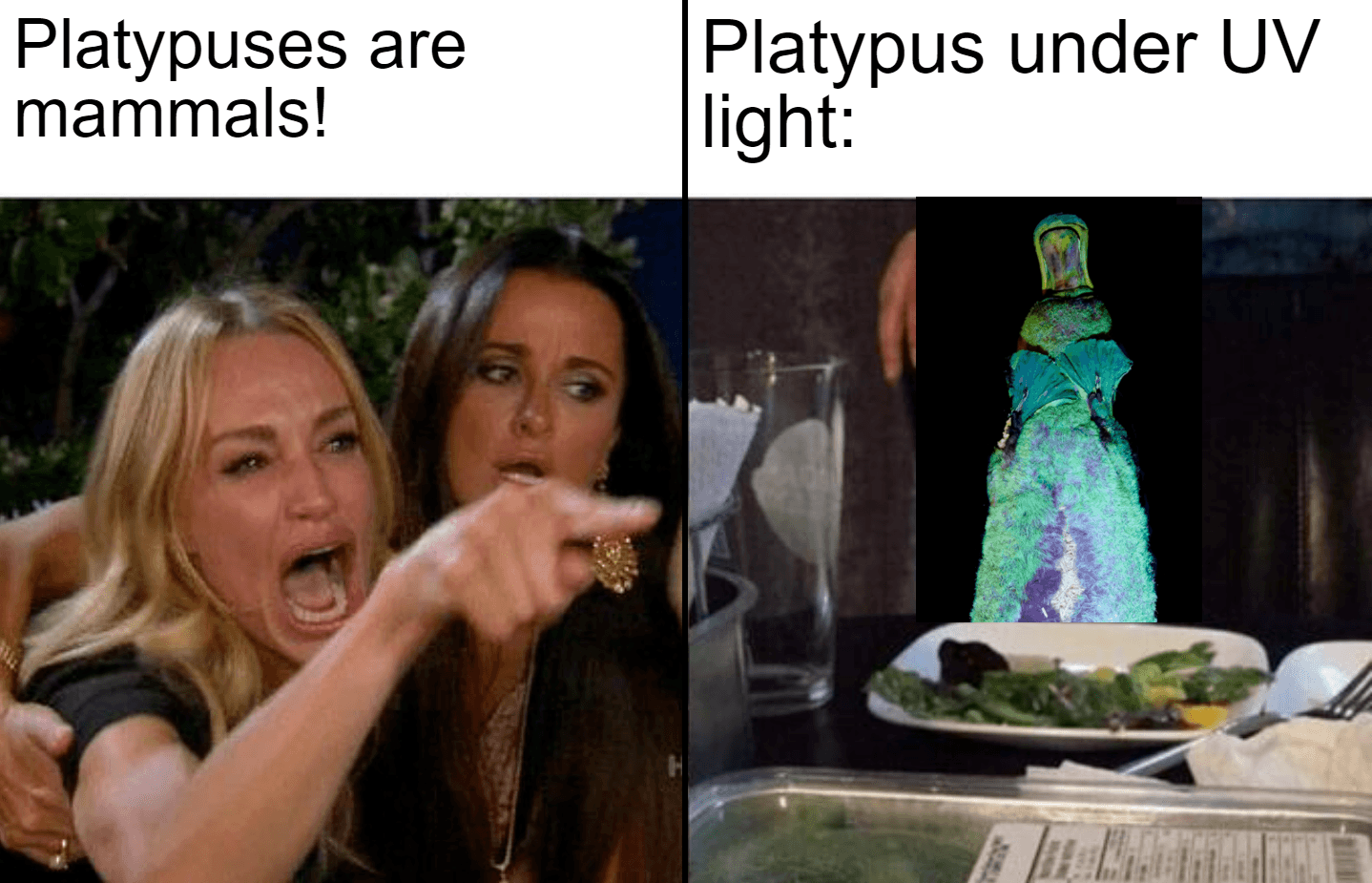Impossible black holes, glow-in-the-dark platypuses, and bursts of understanding: A science year in review
A global pandemic dominated headlines, and our lives. But 2020 was also a year of incredible scientific discoveries and advances, from filling in ancient cosmological gaps to devising the robots of the near future. Here’s a compendium from our weird, wonderful universe.


























































































